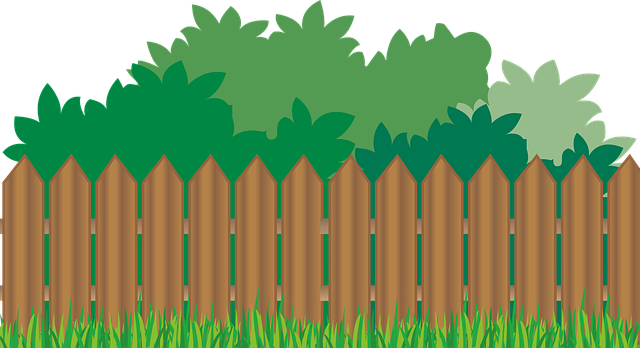Looking to enhance your New Bedford, Massachusetts property with a fresh fence? This comprehensive guide is tailored for DIY enthusiasts aiming to install their own fences. We’ll walk you through the process, from understanding the diverse fence options suited to New Bedford yards, to meticulous planning based on accurate measurements. Our step-by-step assembly instructions ensure a sturdy structure. Additionally, we’ll touch on crucial considerations like local regulations and permits required for Massachusetts homeowners, empowering you with all the knowledge needed for a successful DIY fence project.
- Understanding Your Fence Options for New Bedford Yards
- Planning Your Fence Installation: Measurements Matter
- Step-by-Step Guide to DIY Fence Assembly
- Local Regulations and Permits for Homeowners in Massachusetts
Understanding Your Fence Options for New Bedford Yards
When it comes to fencing your New Bedford, Massachusetts yard, homeowners have a variety of options to consider. The first step is understanding the different types of fences and their suitable applications. Wood fences, for example, offer classic beauty but require more maintenance than vinyl or iron alternatives. Vinyl fences are low-maintenance and come in various styles, while iron fences provide durability and security with a timeless aesthetic.
Each material has unique characteristics that affect cost, longevity, and aesthetic appeal. Consider the climate, your yard’s layout, and personal preferences to narrow down the options. Research local building codes and regulations regarding fence installation, as these guidelines will vary based on your New Bedford neighborhood.
Planning Your Fence Installation: Measurements Matter
When planning your fence installation, accurate measurements are key. Before you start, determine the perimeter of the area where you want the fence to go. This will help you calculate the exact amount of fencing material needed and ensure a precise fit. Consider factors like existing structures, trees, or other obstacles that might affect the fence’s placement.
Take your time to measure each section of the fence line, including corners and curves. Using string and stakes can help you visualize the layout and make adjustments as needed. Accurate planning not only saves material but also ensures a professional-looking finish when the installation begins.
Step-by-Step Guide to DIY Fence Assembly
To install a fence on your New Bedford property, start by clearing the area and laying out the posts to ensure proper alignment. Dig holes for each post using a post-hole digger, making sure they are deep enough (typically 3/4 of the post’s height) and wide enough (at least 8 inches in diameter). Place a piece of rebar in the bottom of each hole for stability before inserting your posts. Use concrete to secure them firmly in place, allowing it to dry completely.
Next, attach the fence panels to the posts using brackets or nails, ensuring they are level and secure. Begin at one end of the fence line and work your way along, creating a consistent and uniform appearance. If needed, add additional supports every 8 feet for extra strength and stability, especially with larger or heavier fence materials.
Local Regulations and Permits for Homeowners in Massachusetts
Before beginning any DIY fence installation project in New Bedford, Massachusetts, homeowners should familiarize themselves with local regulations and permitting requirements. Massachusetts has specific laws governing property improvements, including fences. In many cases, a permit is necessary before starting construction, ensuring your project complies with building codes and zoning regulations.
New Bedford’s city government typically handles these permits, offering guidance on fence height restrictions, material types, and placement. Homeowners should check online resources or contact the local building department to understand the specific rules for their neighborhood. Adhering to these guidelines not only ensures a smooth construction process but also prevents potential fines and legal issues.
